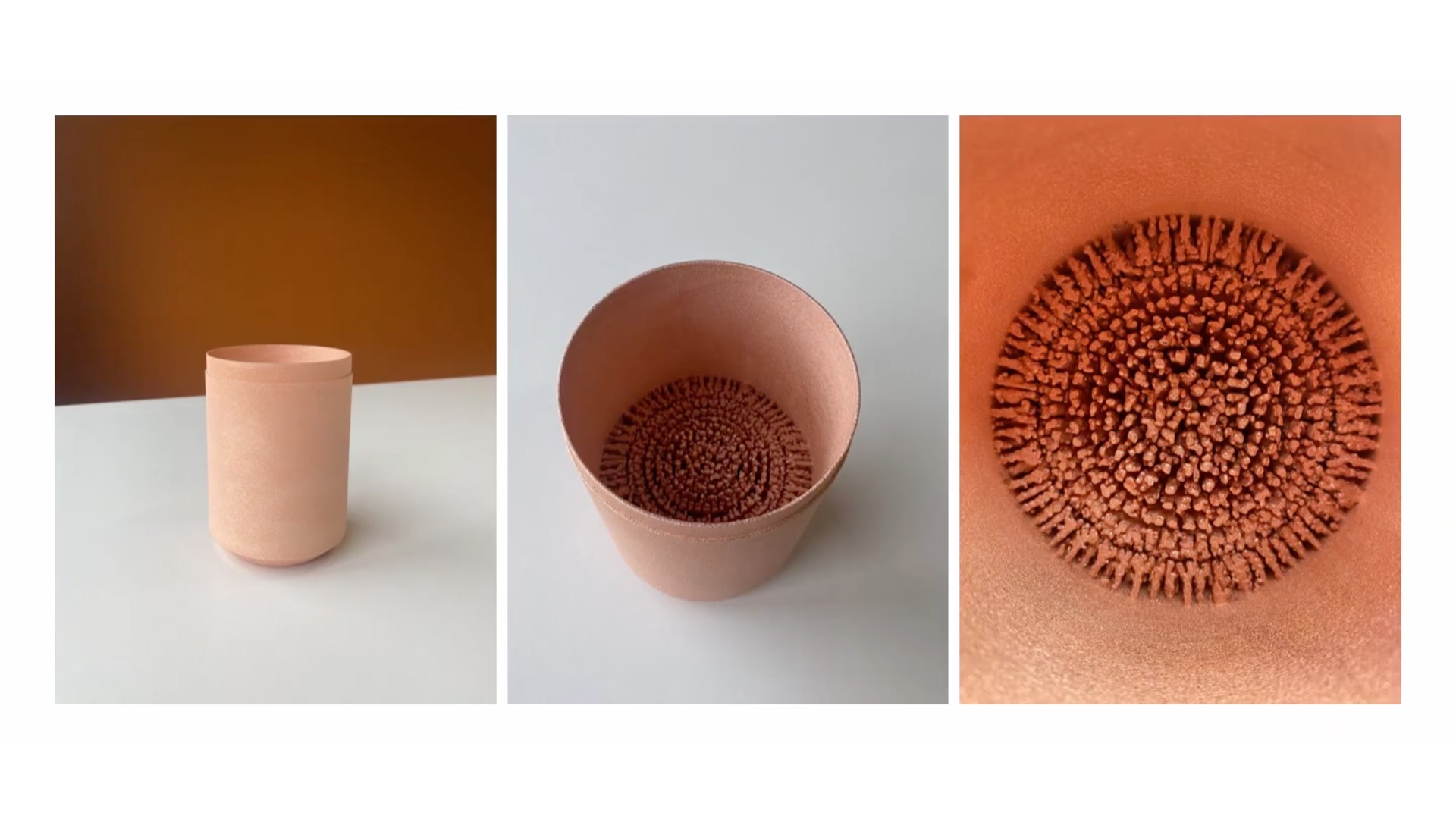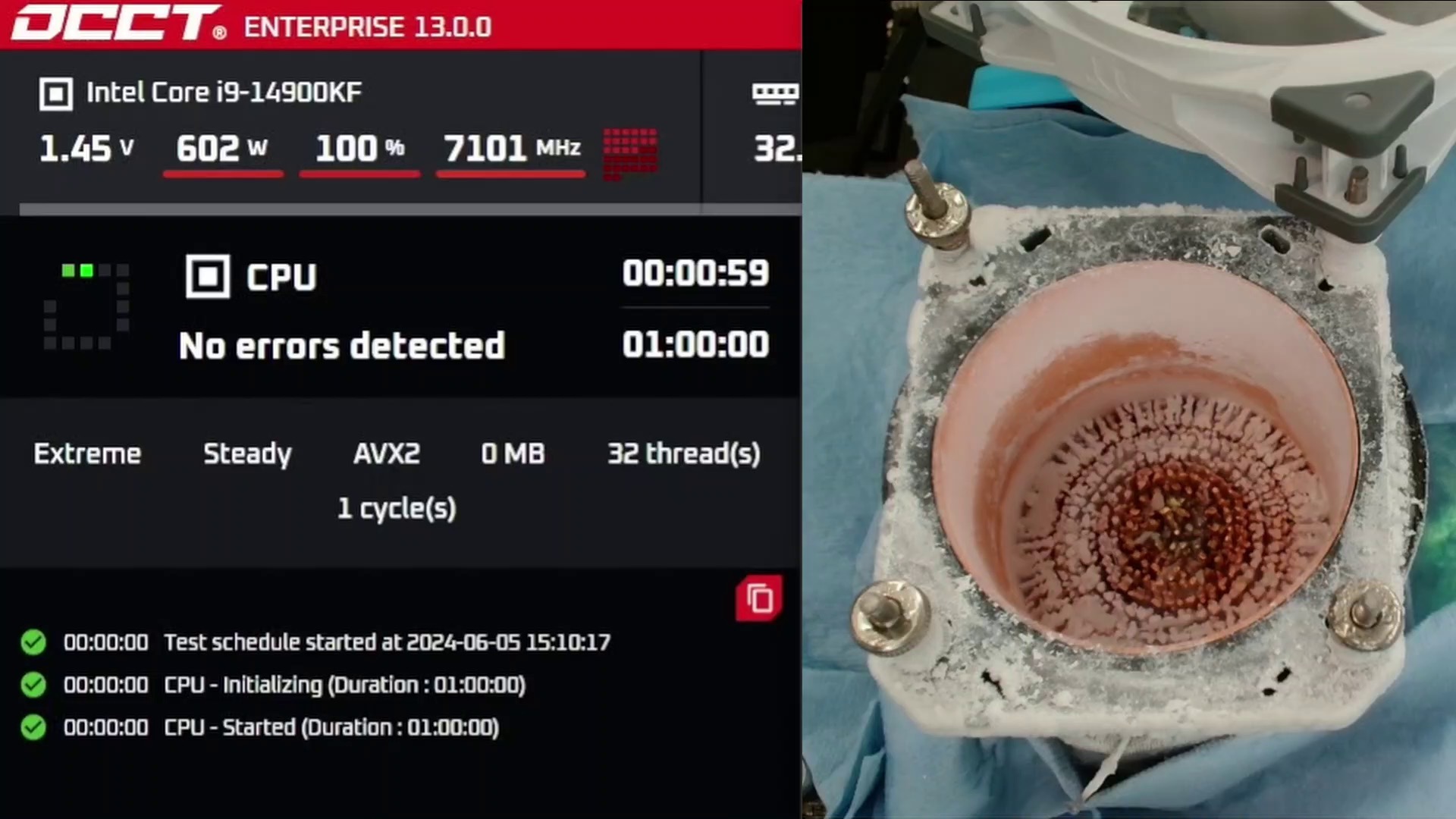Skatterbencher and three industry-leading partners have completed a feasibility study to see if it’s possible to build a liquid nitrogen (LN2) container using generative AI and additive manufacturing techniques, also known as 3D printing. Ina blog postand YouTube video, the partners show that it’s possible, but perhaps not financially wise, for the benefits obtained.
Pieter of Skatterbencher is an expert in overclocking and teamed up with three industry-leading companies to explore the possibilities of AI and 3D printing for LN2 cooling. These included Diabatix, a Belgian company pioneering the use of generative AI in thermal solutions, and 3D Systems, an expert in additive manufacturing. Rounding out the partnership was ElmorLabs, a well-known name in overclocking.

The project used theElmorLabs Volcano CPU LN2 containeras a reference design. It tasked Diabatix’s ColdStream Next AI platform with designing a new LN2 container to improve the reference design. Once the design was complete, the team sent it to 3D Systems to produce a prototype using oxygen-free copper powder.
The prototype’s design and manufacture cost $10,000. In comparison, the ElmorLabs Volcano CPU LN2 container used as a reference design sells for just $260.

The base performance tests compared the AI-designed LN2 container with the ElmorLabs Volcano in three categories:
In testing, the AI-generated LN2 container blew away the Volcano in the cool-down test. It reached -194º Celsius in just under 56 seconds. The Volcano took almost three minutes — three times as long as the prototype. The heat-up test also went in the AI design’s favor, but not as dramatically. The container heated to 20º Celsius 1.2 times faster than the Volcano, more than 30 seconds faster.

Finally, the AI-designed LN2 container proved 20% more efficient than the ElmorLabs design. Using 500mL of liquid nitrogen, the Volcano cooled down to just -100º Celsius, while the AI-designed prototype went down to -133º Celsius.
Get Tom’s Hardware’s best news and in-depth reviews, straight to your inbox.

Those tests don’t reflect practical considerations, so the team also conducted further tests of a more practical nature:
The team found that while the AI-designed container did beat the ElmorLabs Volcano in real-world tests, the improvements were not nearly as pronounced. Given the dramatic price difference between the AI design and the existing product, the AI design is not a cost-effective alternative.

With the initial testing out of the way, SkatterBencher and its partners may look into performance and cost optimizations and perhaps change the intended use to be for even higher-power CPUs, like the AMD Ryzen Threadripper. The team would also like to commercialize the design but likely has a fair bit of work ahead of it to make it commercially viable.
Jeff Butts has been covering tech news for more than a decade, and his IT experience predates the internet. Yes, he remembers when 9600 baud was “fast.” He especially enjoys covering DIY and Maker topics, along with anything on the bleeding edge of technology.